| The Black Hole Preserve is, in my opinion, the most fascinating property that The Kensington Conservancy protects. There seems to be an endless supply of interesting plants and wildlife to to see on this 200+ acre property. I will also be breaking this tour into multiple parts, as I could likely end up writing a dozen blog posts. For today's tour, I started at the north end of the property along Highway 17. The first thing I did was check out the nesting boxes that we have here. Tree Swallows are currently nesting in one of the boxes, as seen below. There were no eggs in it yet, but I suspect they'll be laid any day now. | The north end of the property is a semi-open area that was historically farmed. Ecological succession is taking place and many trees and shrubs are growing in the field now, but there's still a relatively large area that is still open. Many of the flowering plants that are found in this field are actually non-native to the area. Many non-native plants thrive in disturbed sites, and an old farm field definitely is a disturbed site. These species are not invasive though, so there's no real need to worry about them having a negative impact on the native biodiversity on the property. |
| | The wetland is home to a variety of birds each year. While I didn't see any Canada Goose families on this visit, three adults came flying in. There were about half a dozen Wood Ducks flying around, but they were always too fast for my camera. Red-winged Blackbirds were everywhere, as usual. Below is a photo of a male and then of a female, they look so different! They're also very territorial. They'll chase away any larger bird that they think is a threat to their nest. While I didn't get a photo of a Red-winged Blackbird doing it, I did get a photo of a Common Grackle chasing the Sandhill Crane that flew over! |
| With the high water levels, I was unable to cross the wetland to get to the south side. The beaver dam that I normally cross was partially underwater! I'll need to bring hip waders next time. Luckily though, I was still able to walk along the edge of the wetland and make my hike a loop, rather than just walking back out the way I came in. Below is a collection of some of the other flora and fauna that I observed on the property. Each photo has a caption describing what it is if you hover your mouse over it or click the photo. |
Stay tuned for next week's tour!
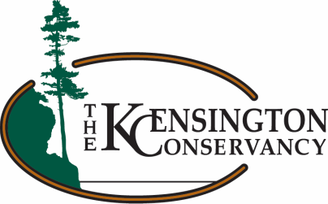
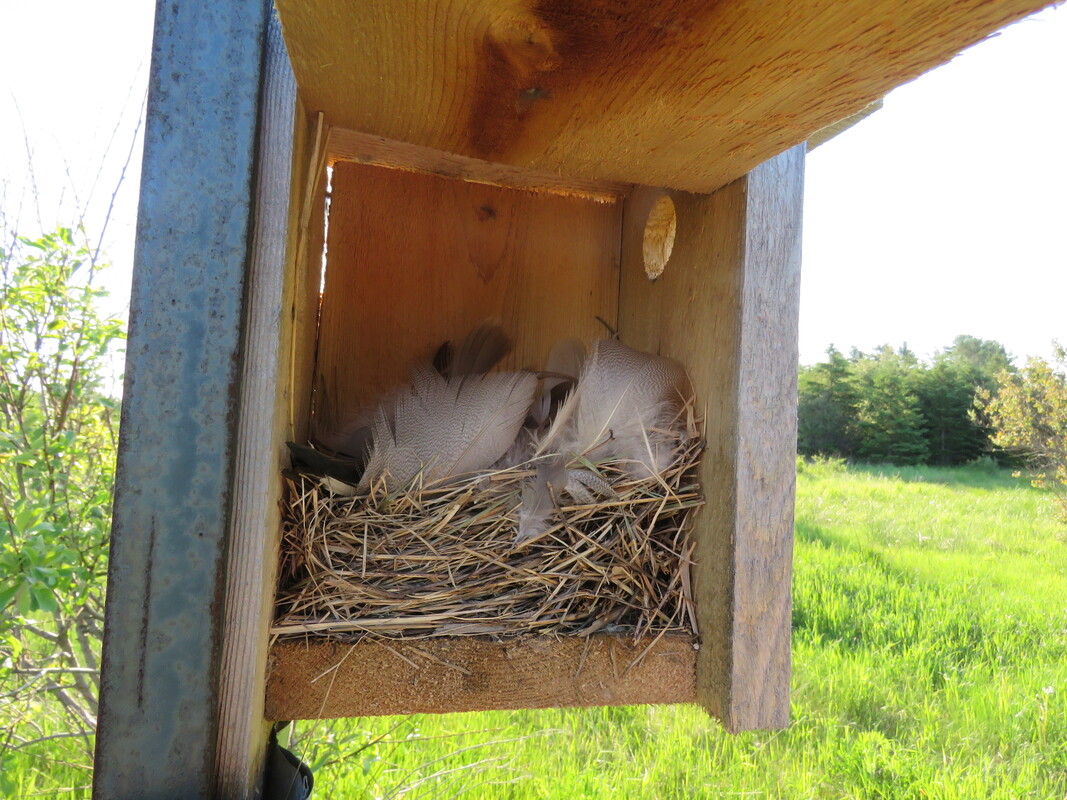
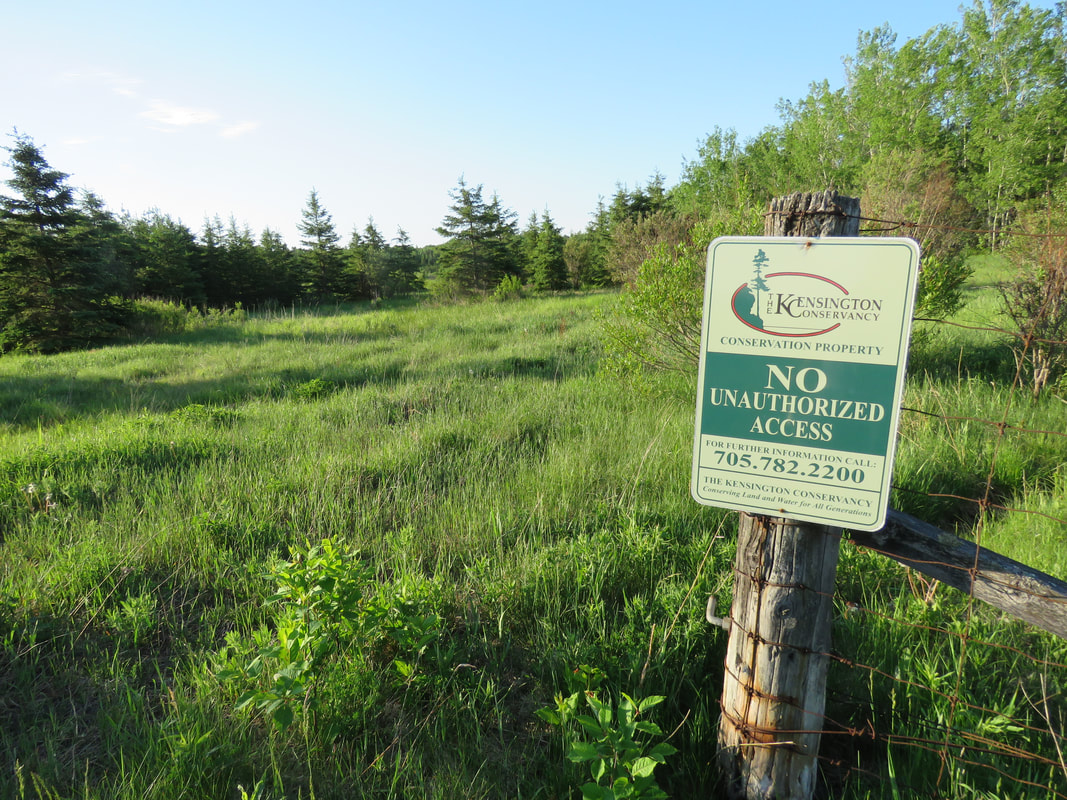
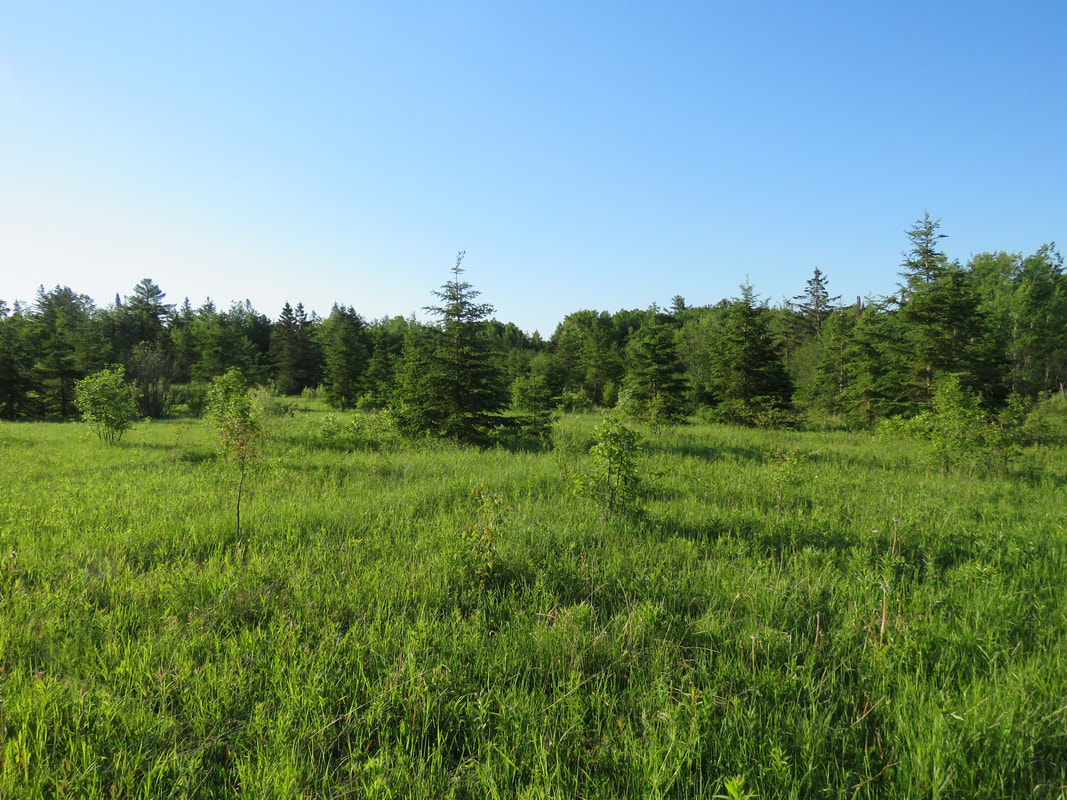
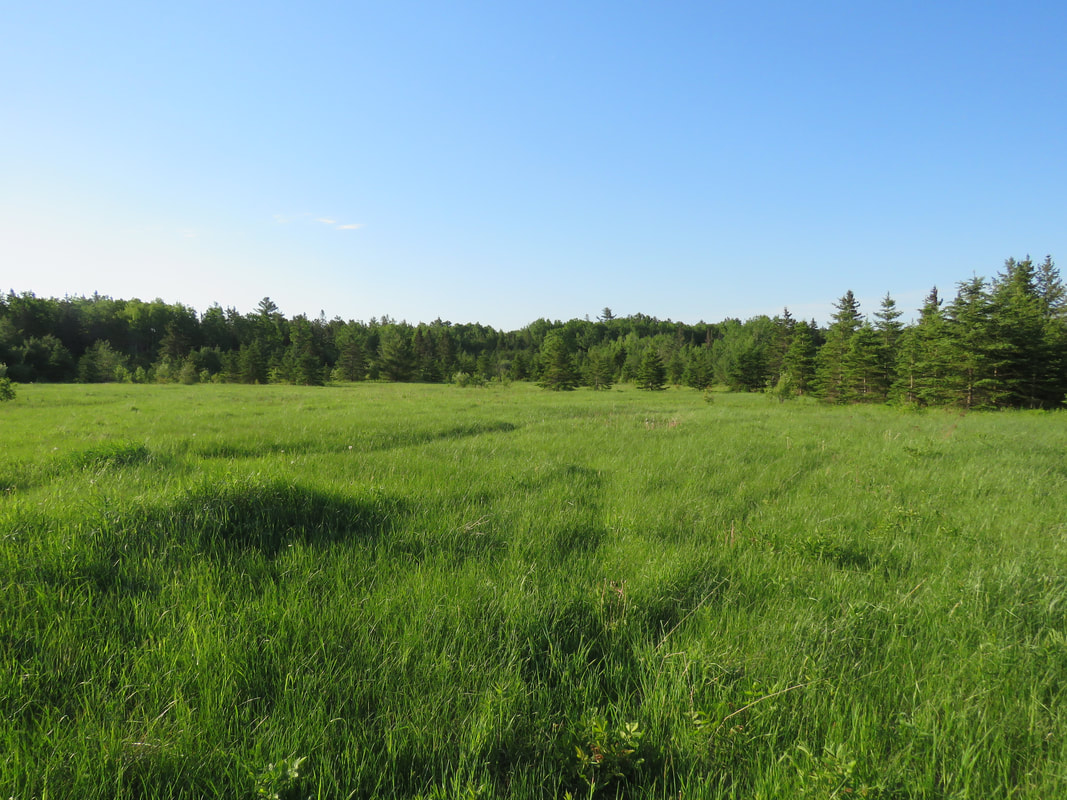
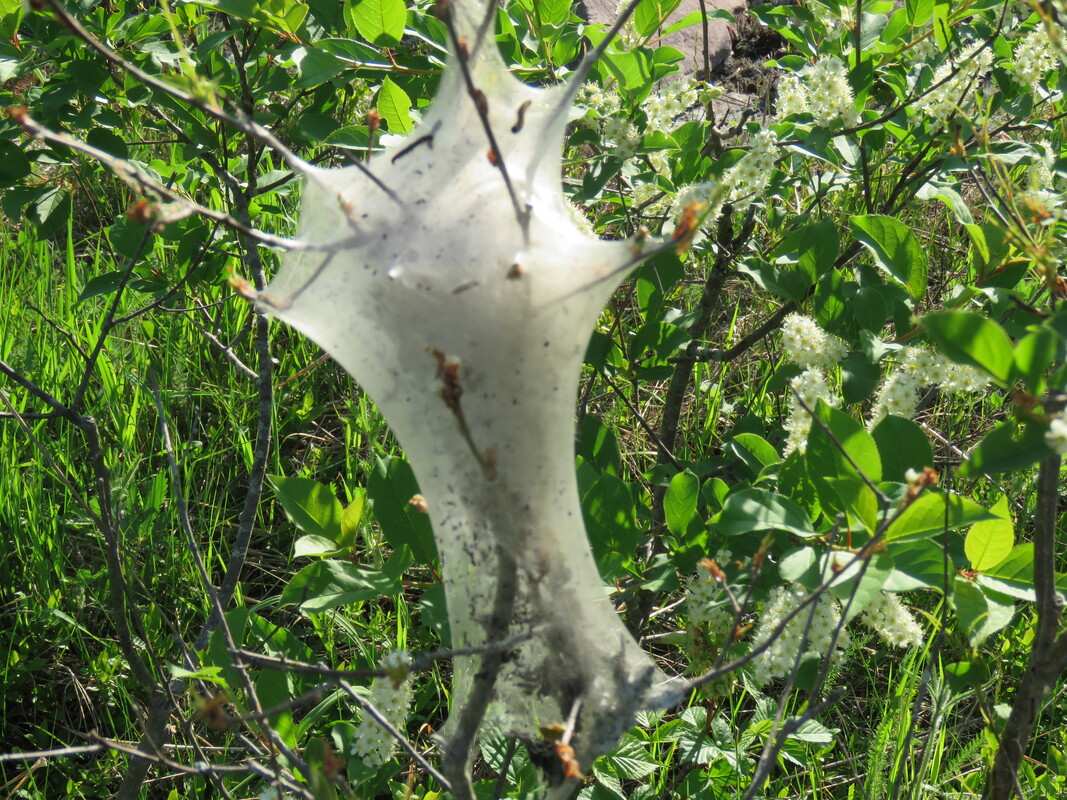
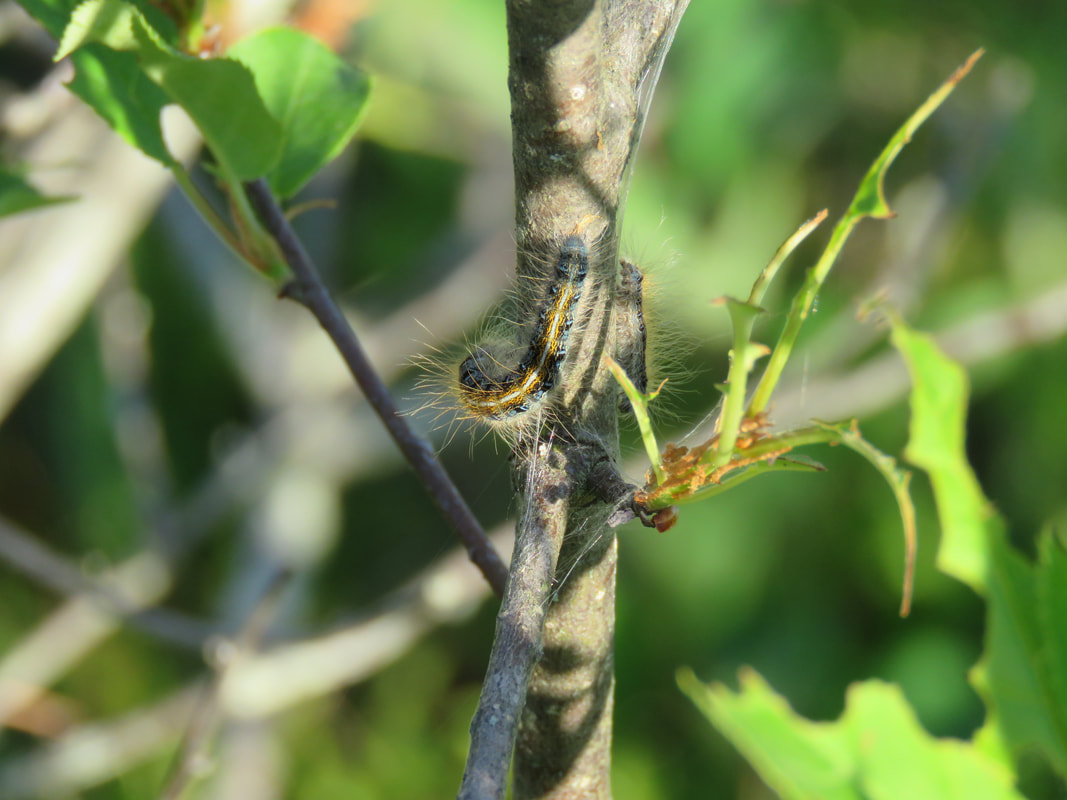
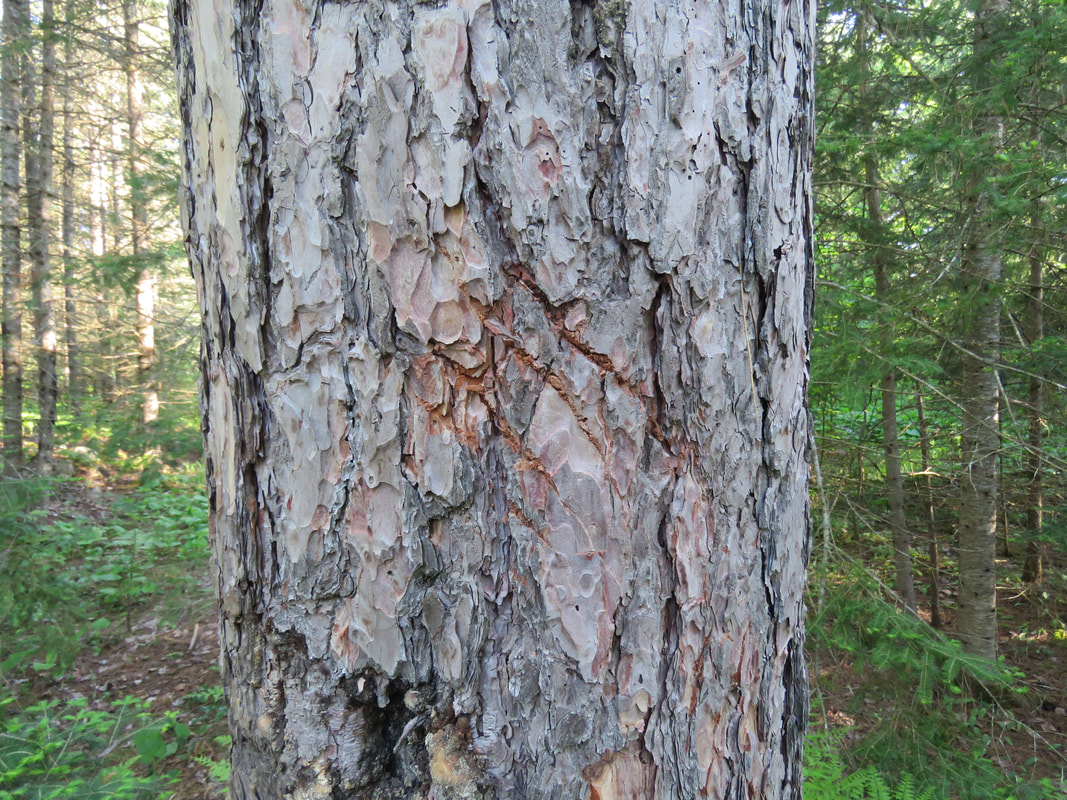
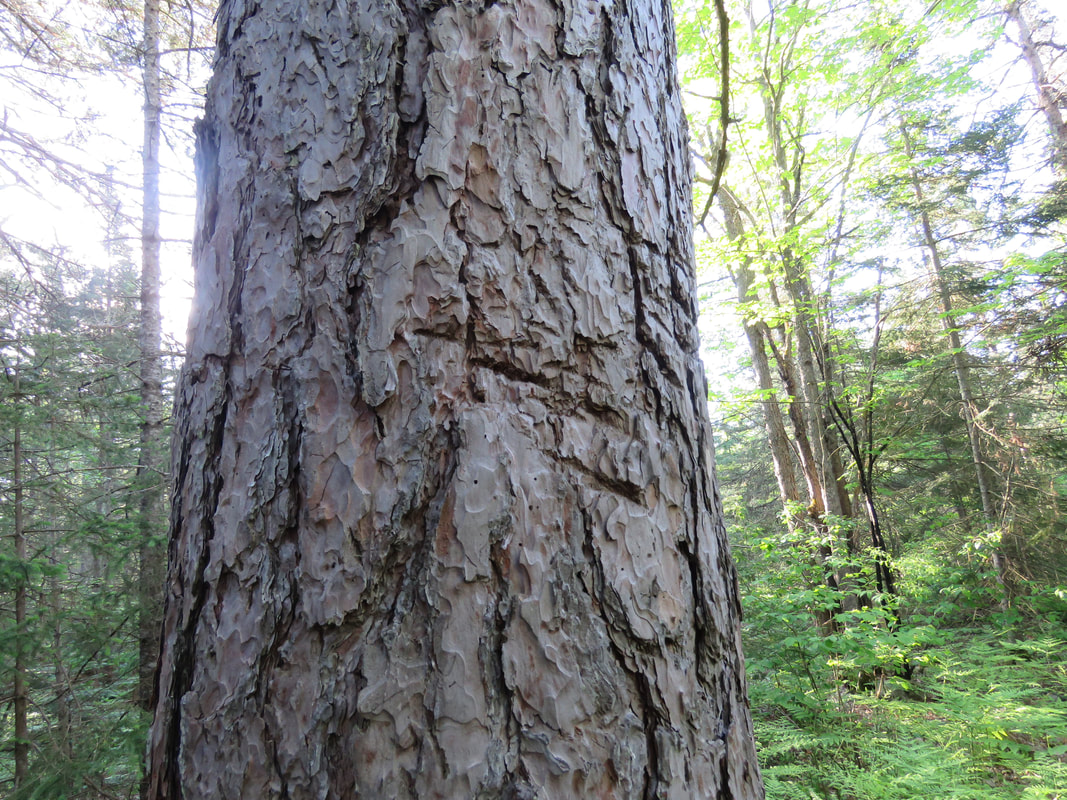
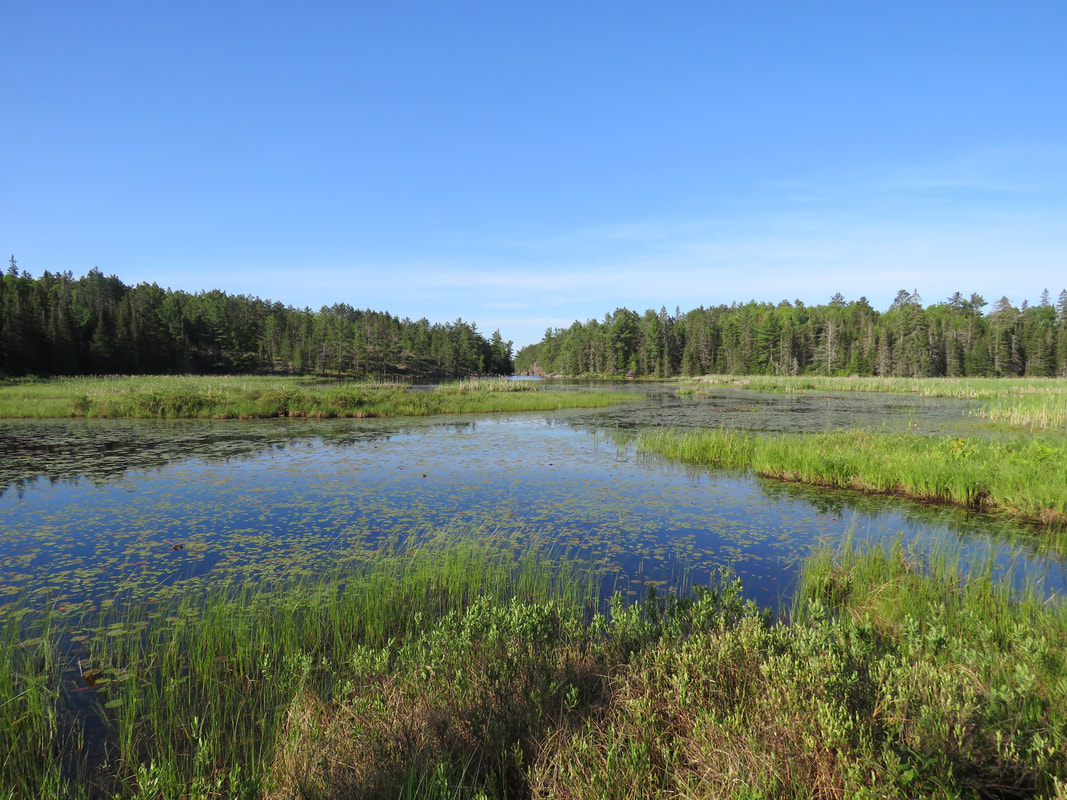
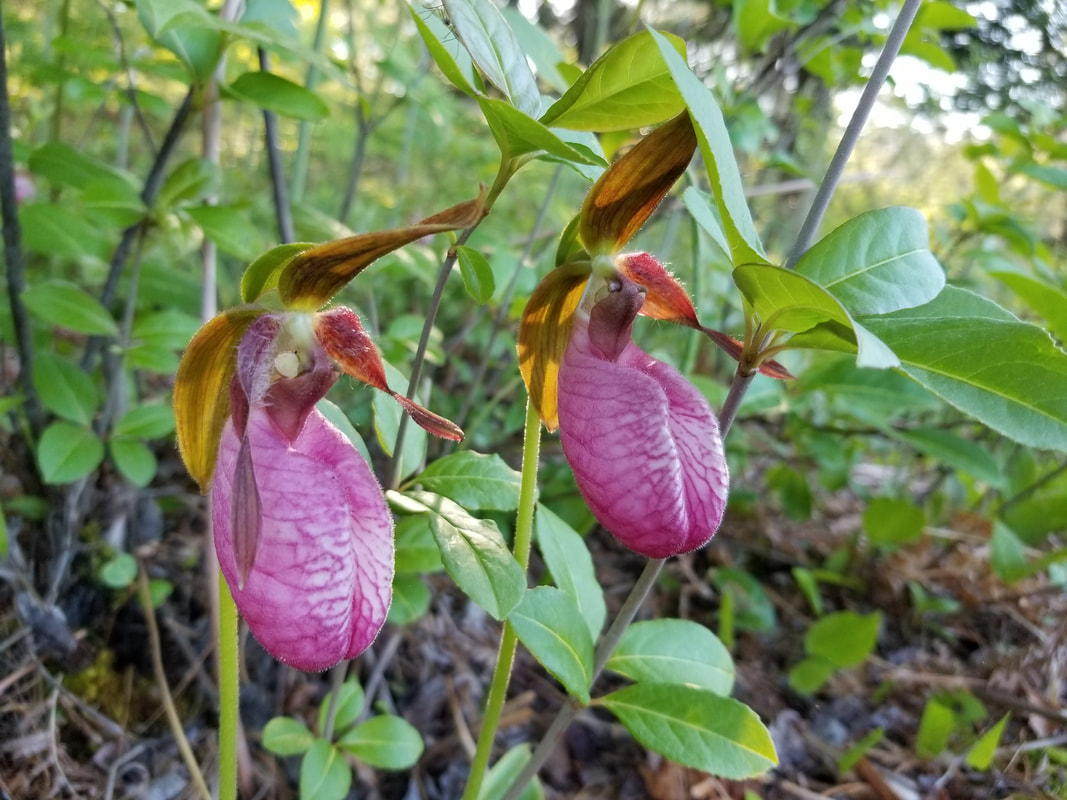
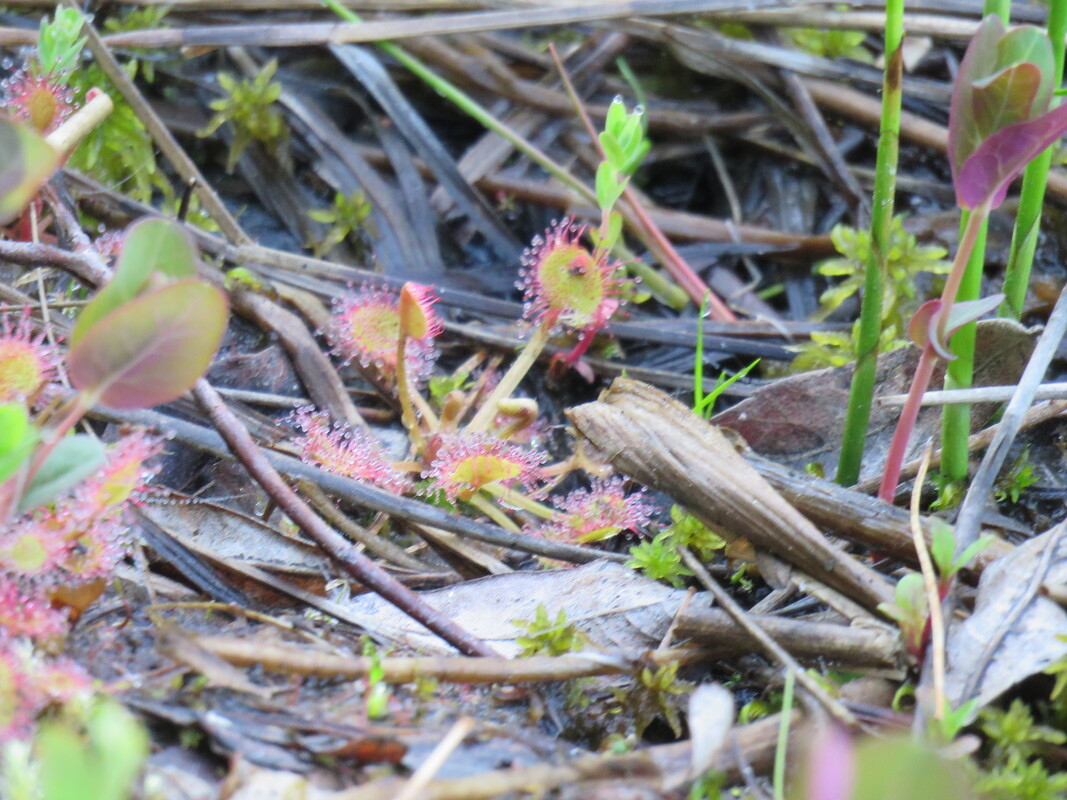
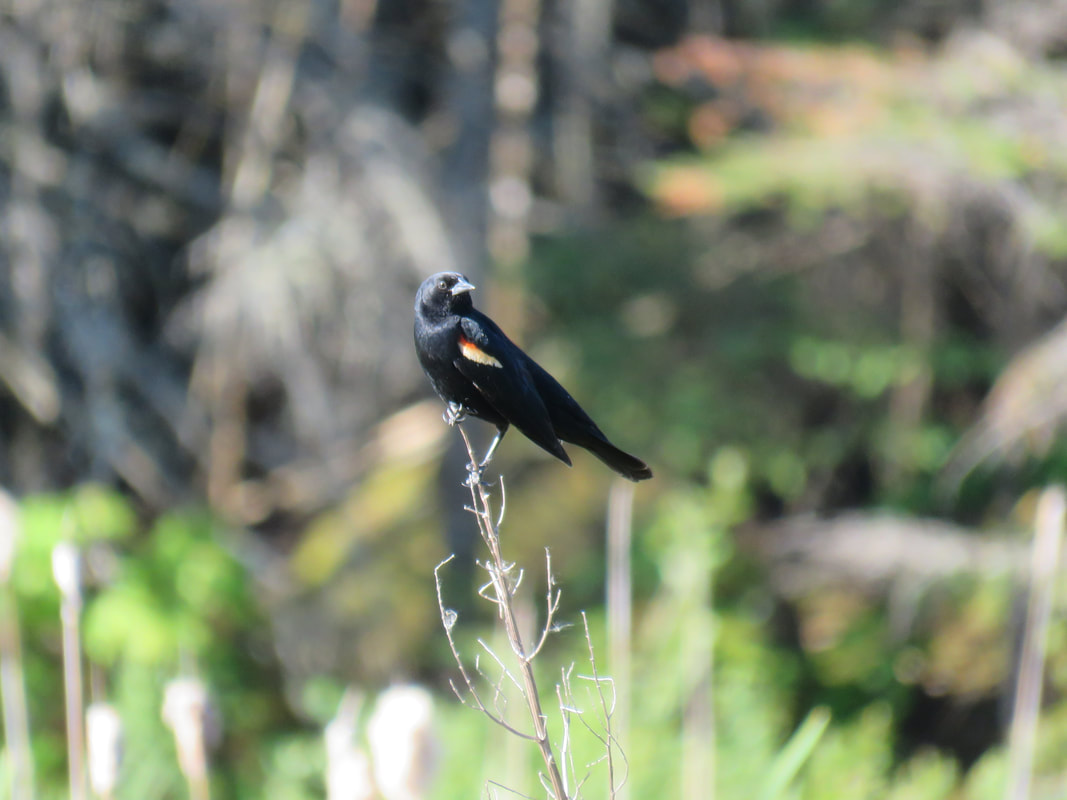
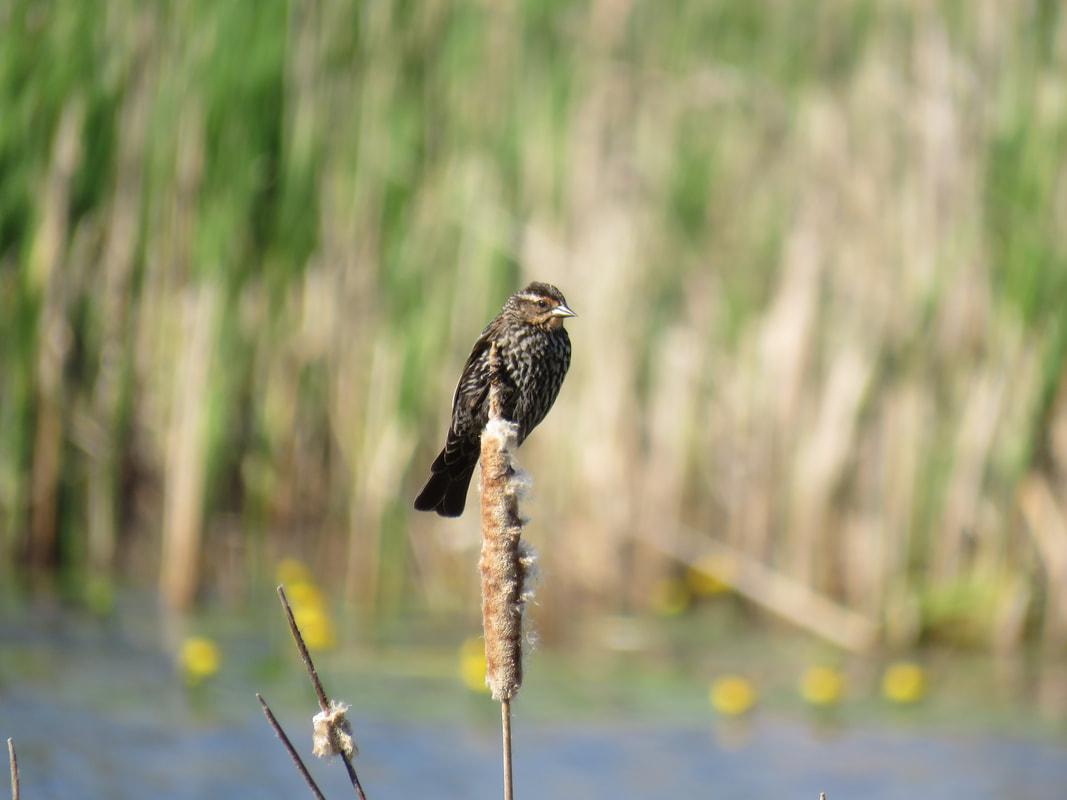
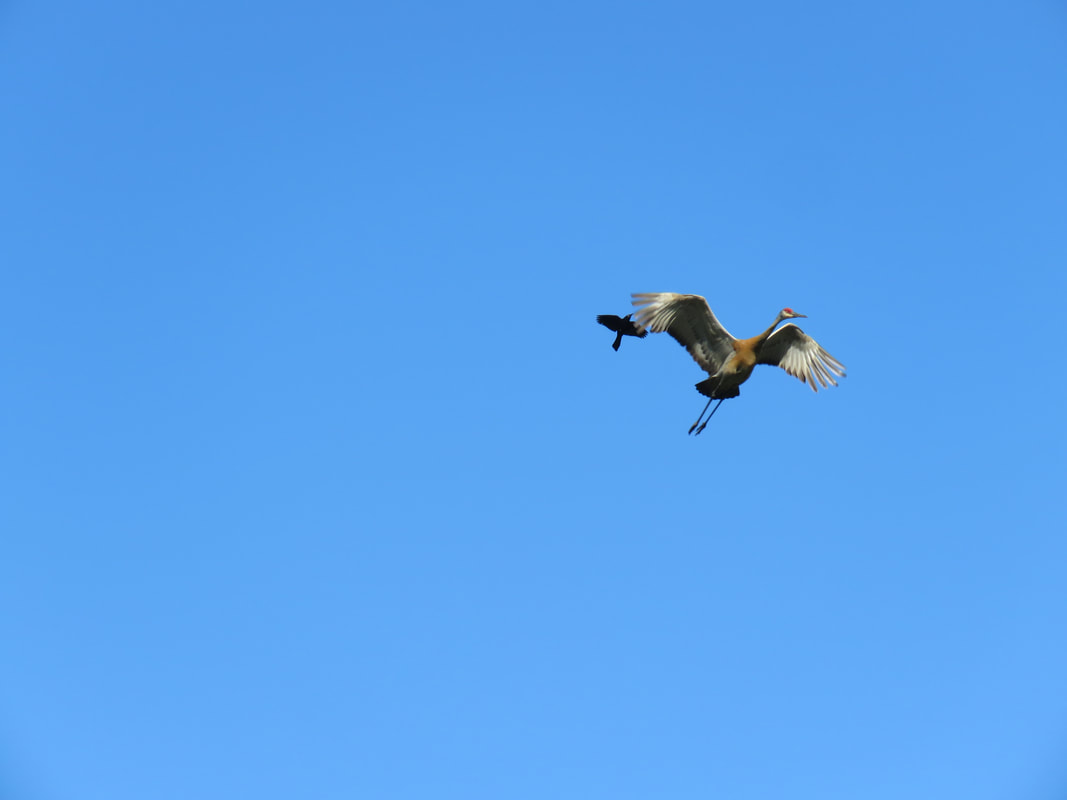
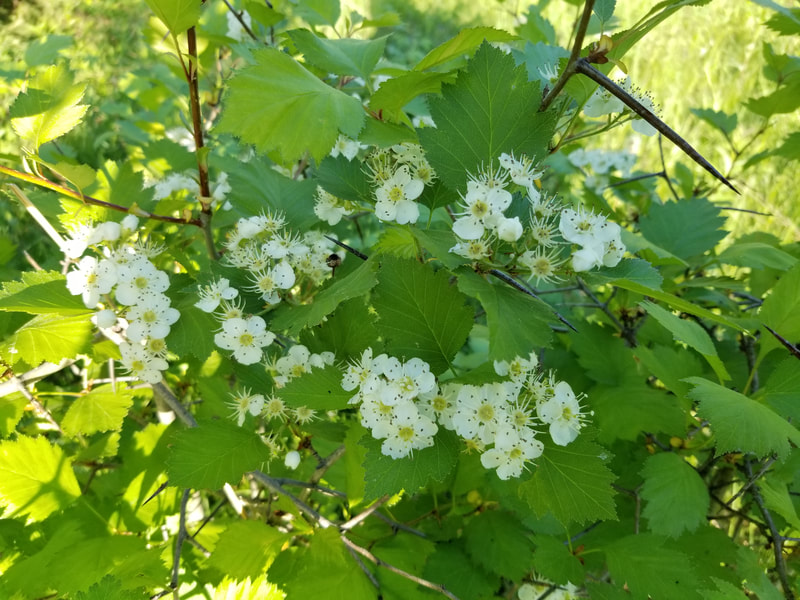
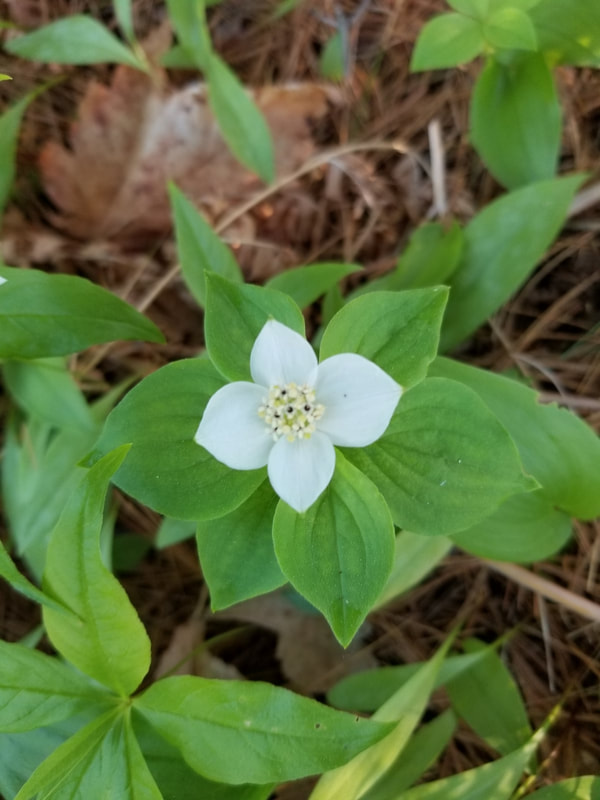
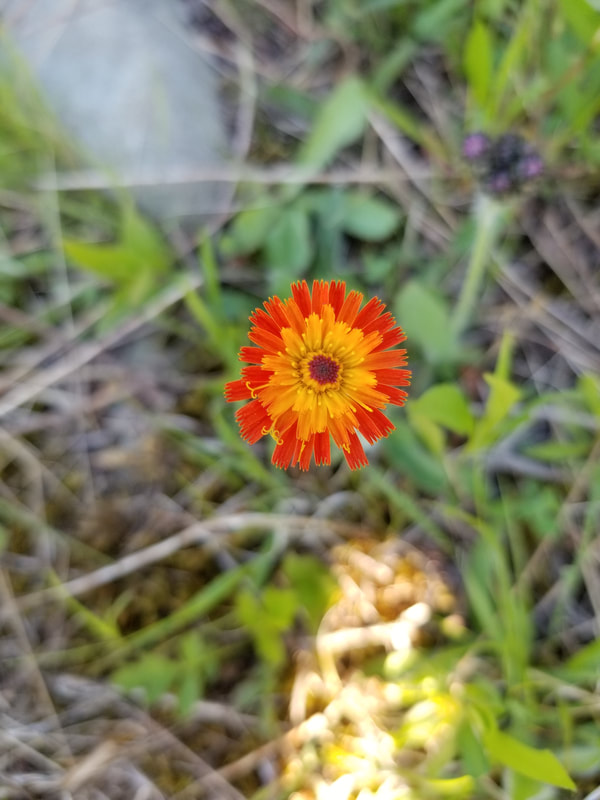
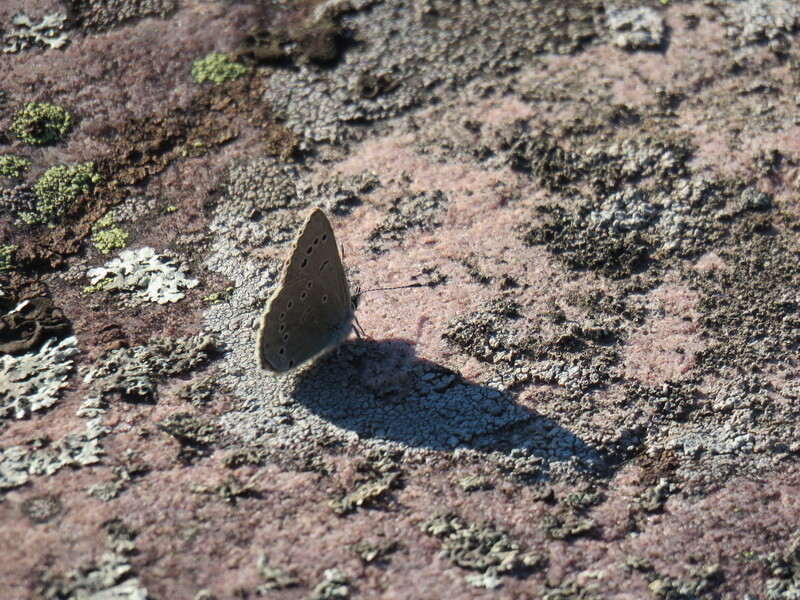
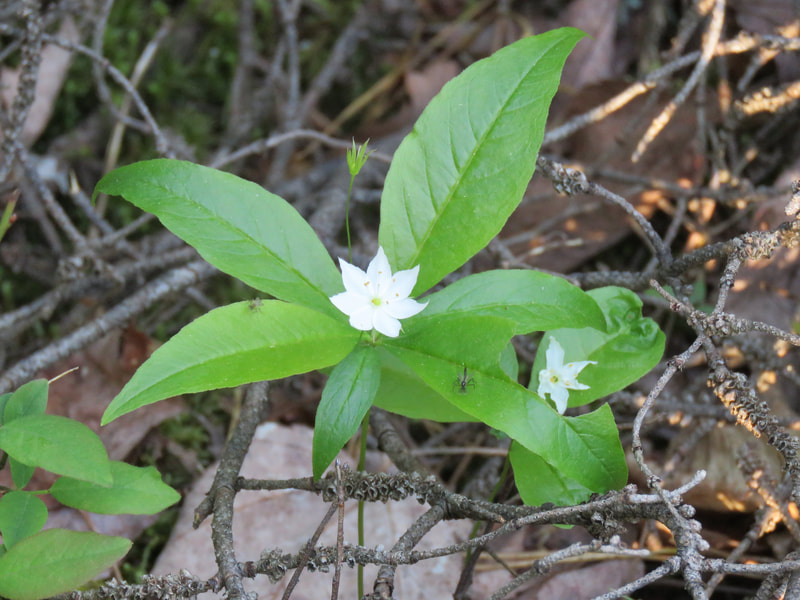
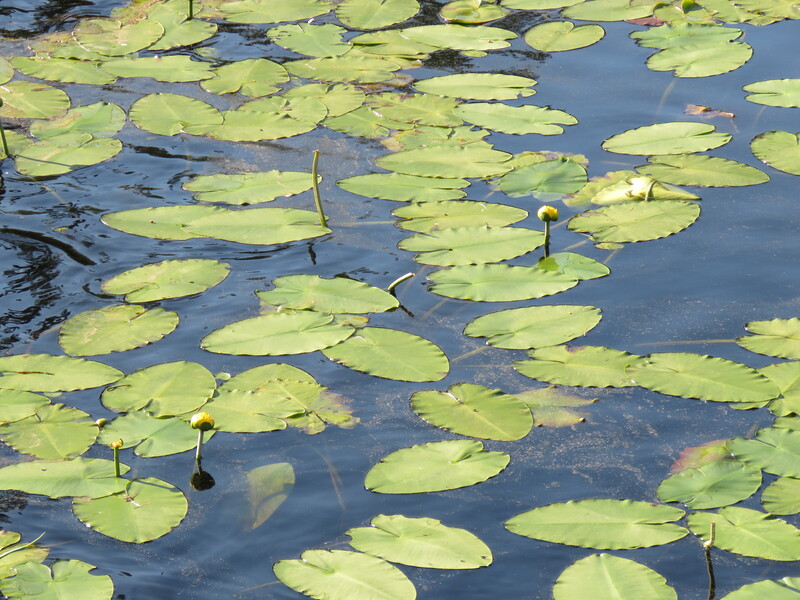
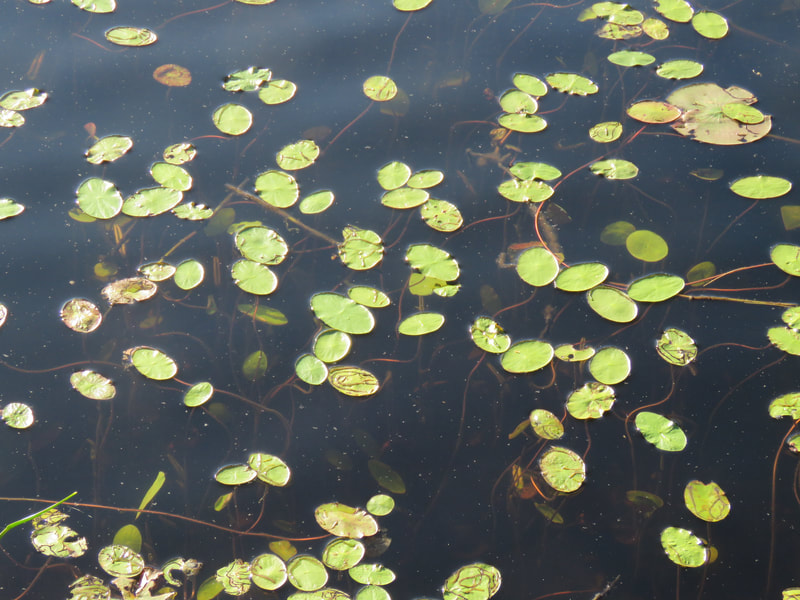
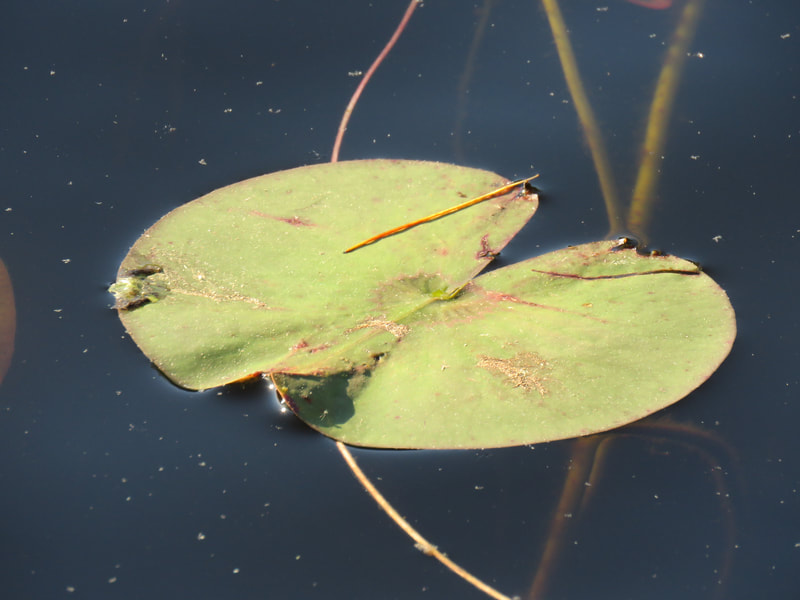
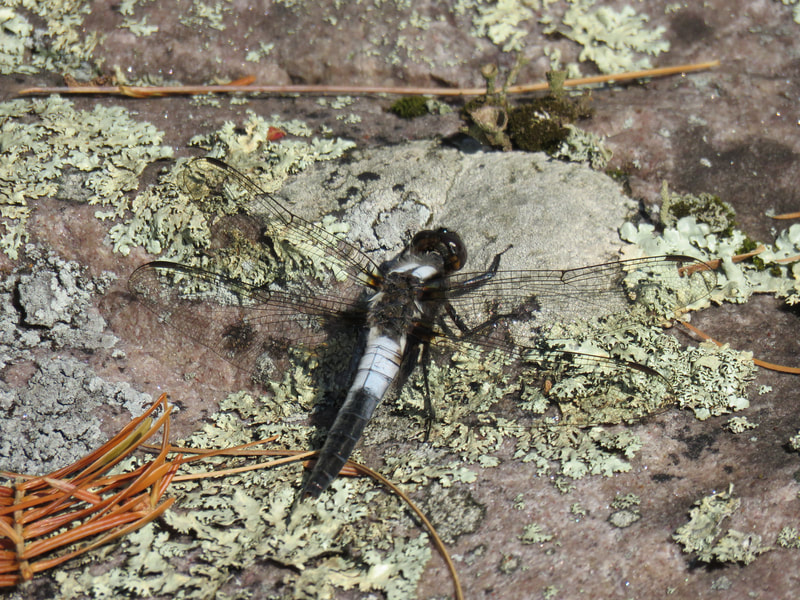
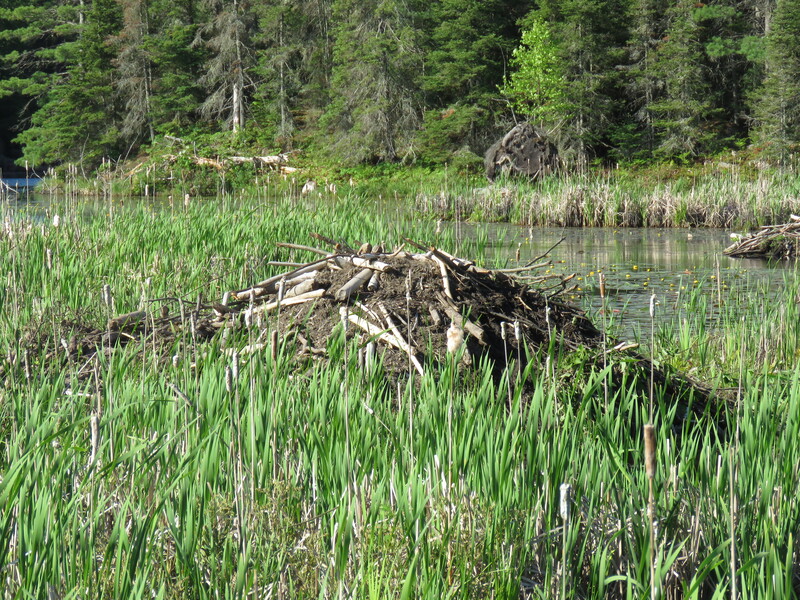
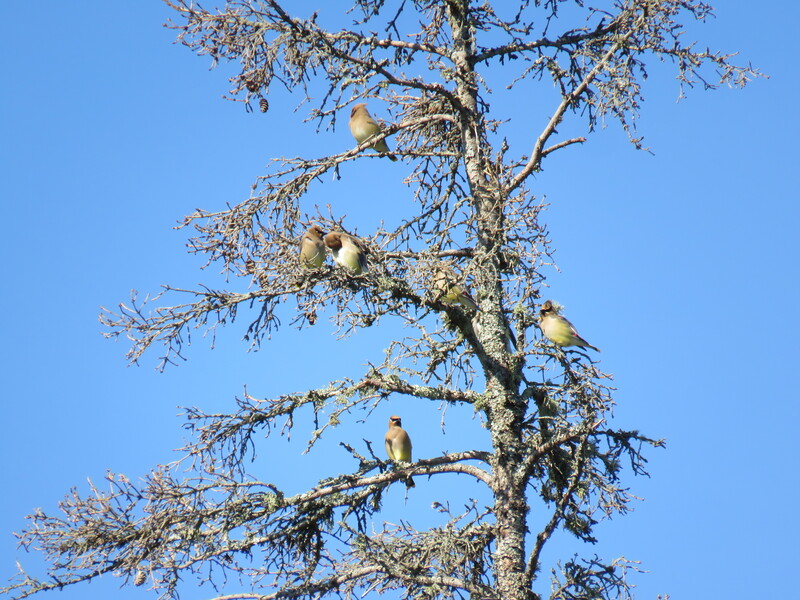
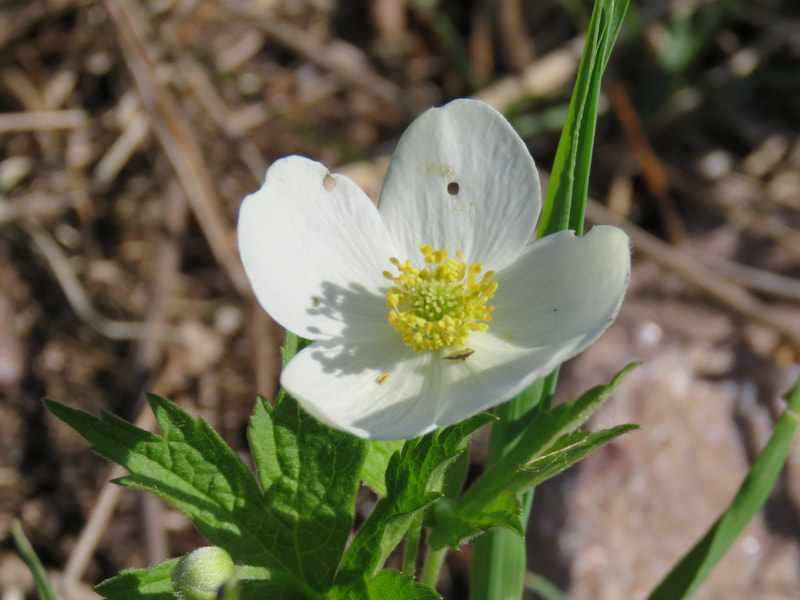
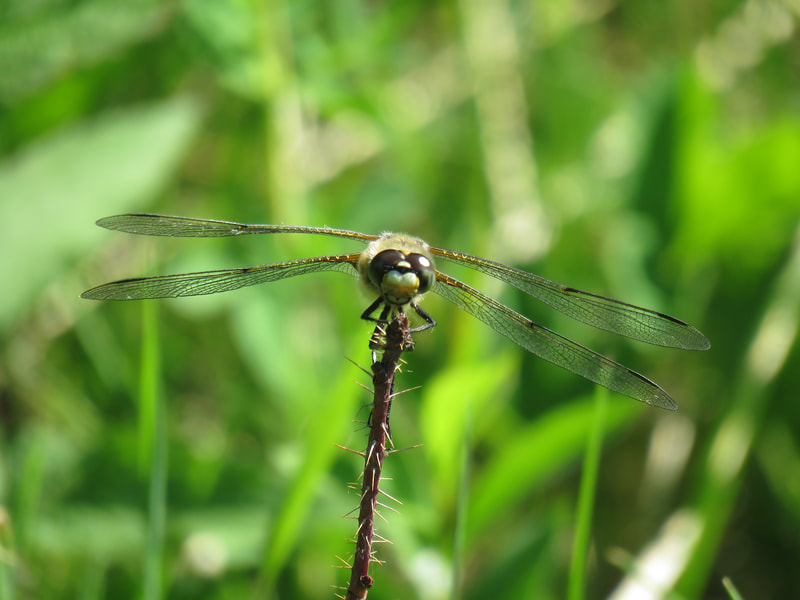
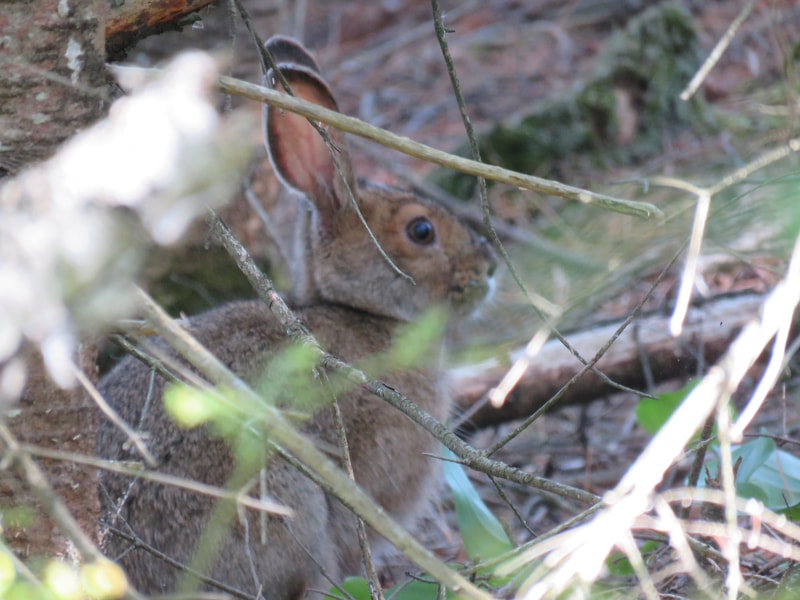
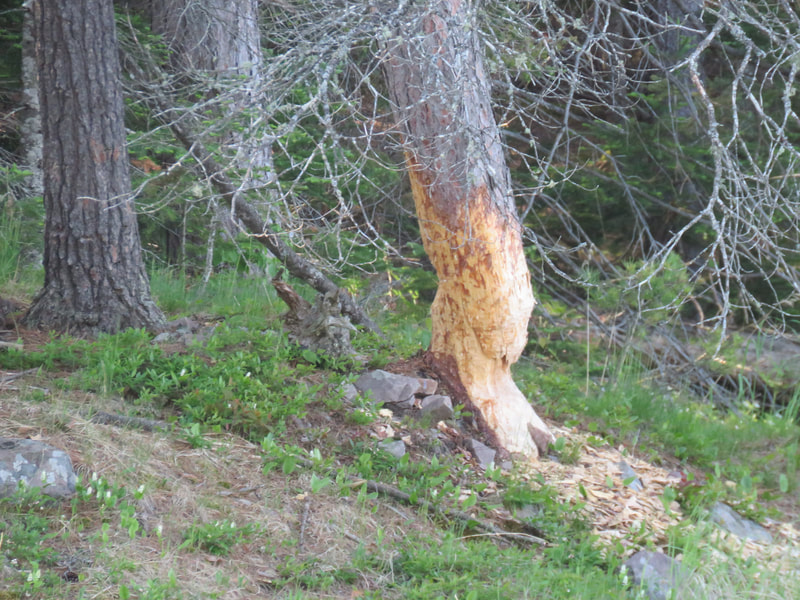
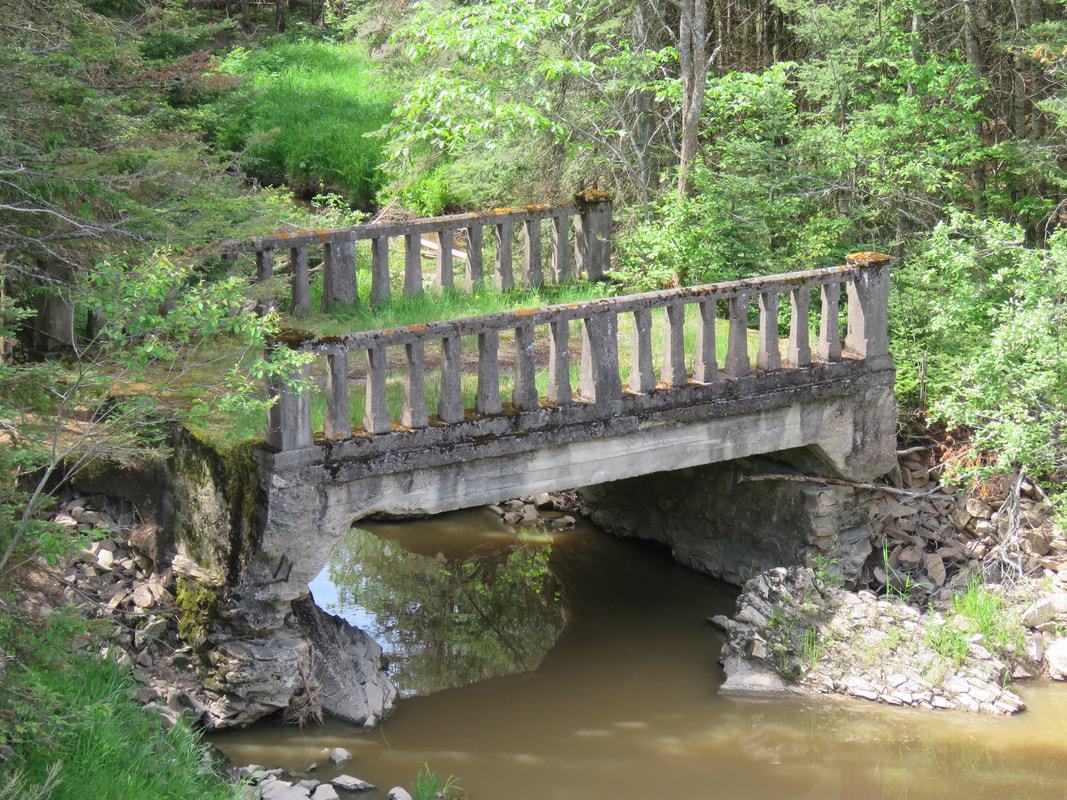
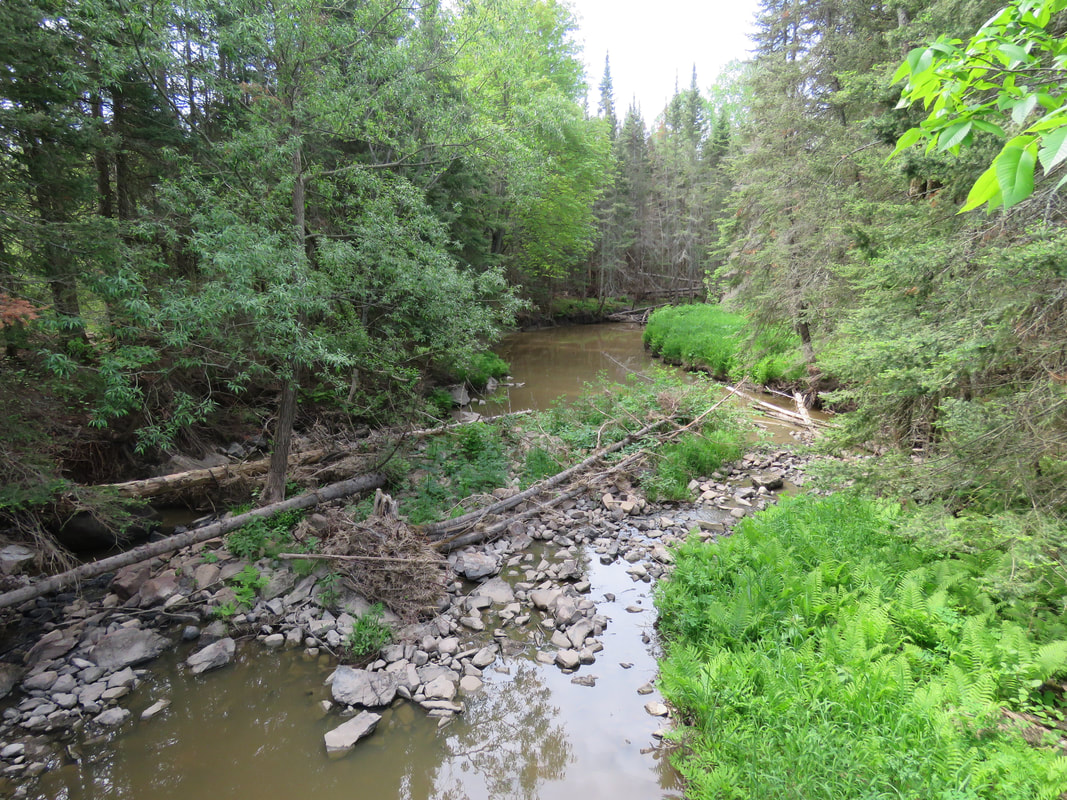
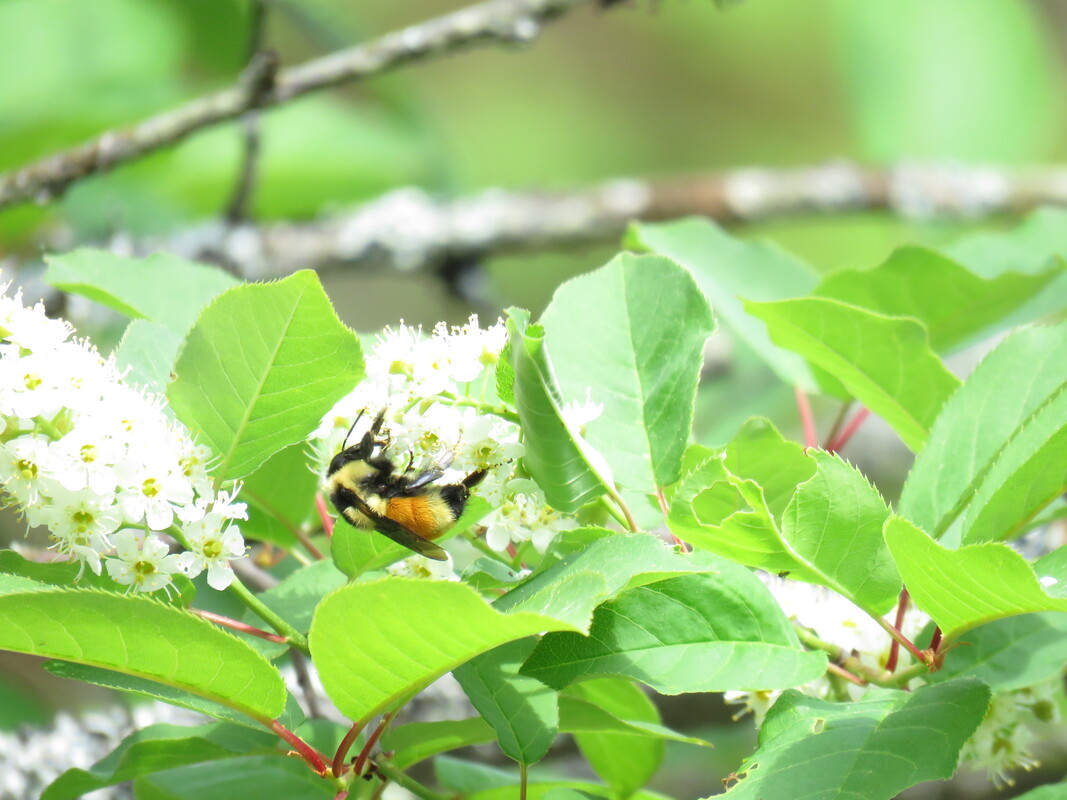
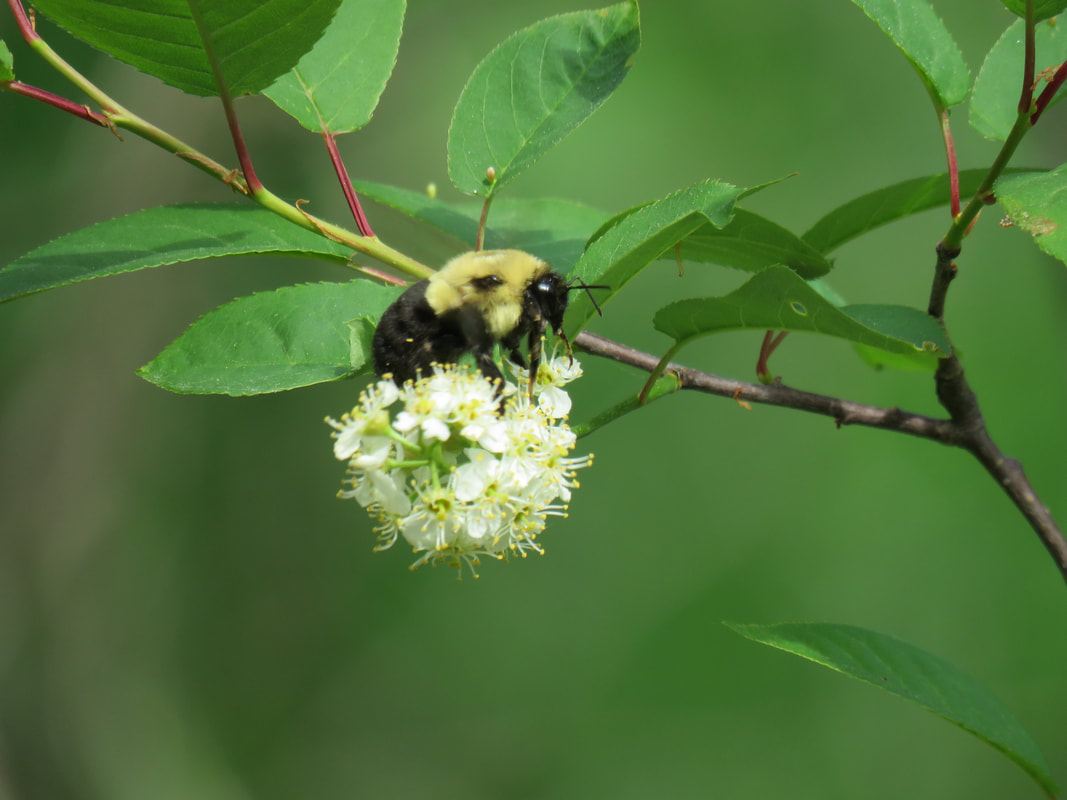
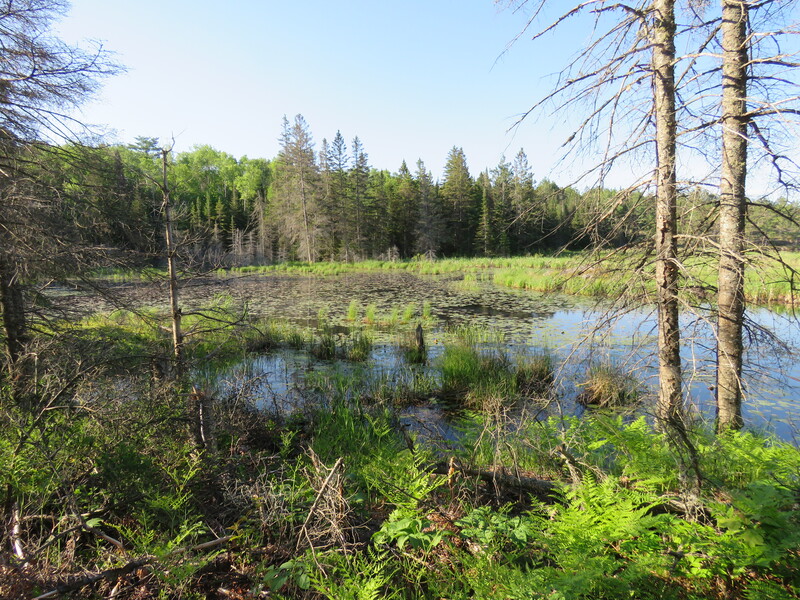
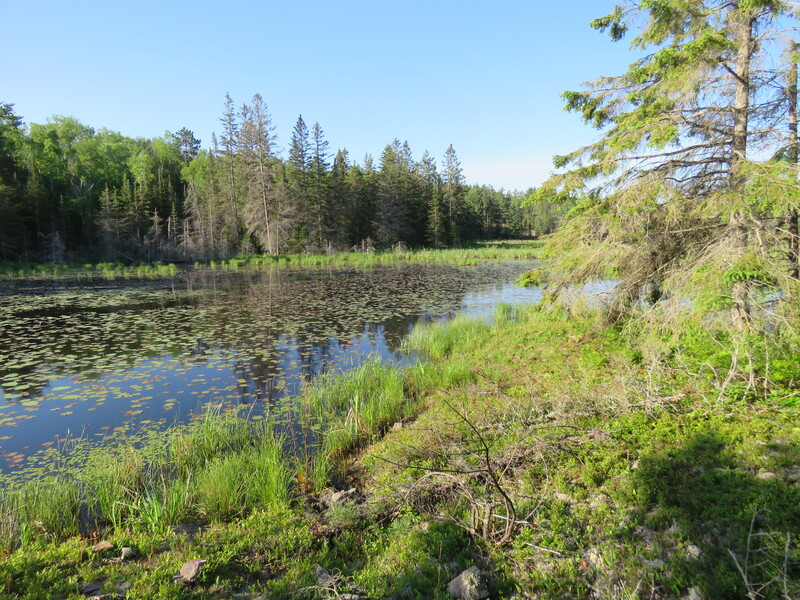
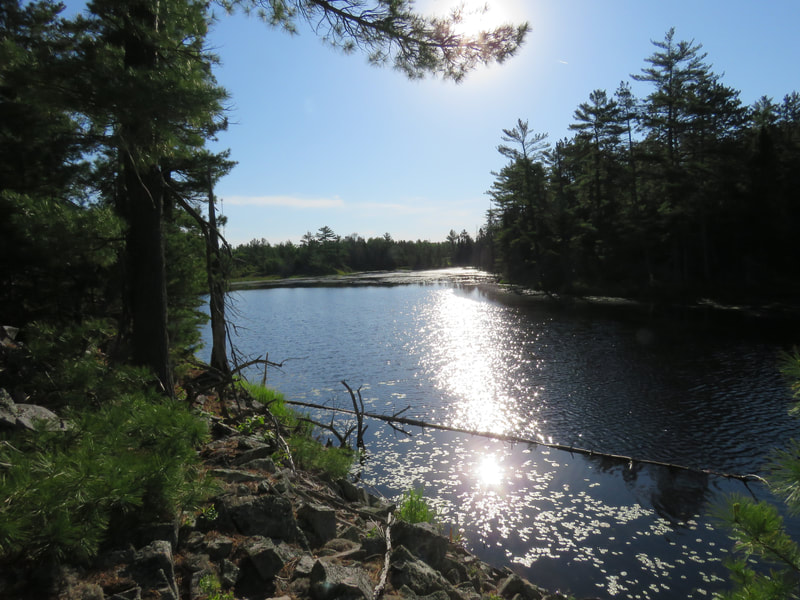
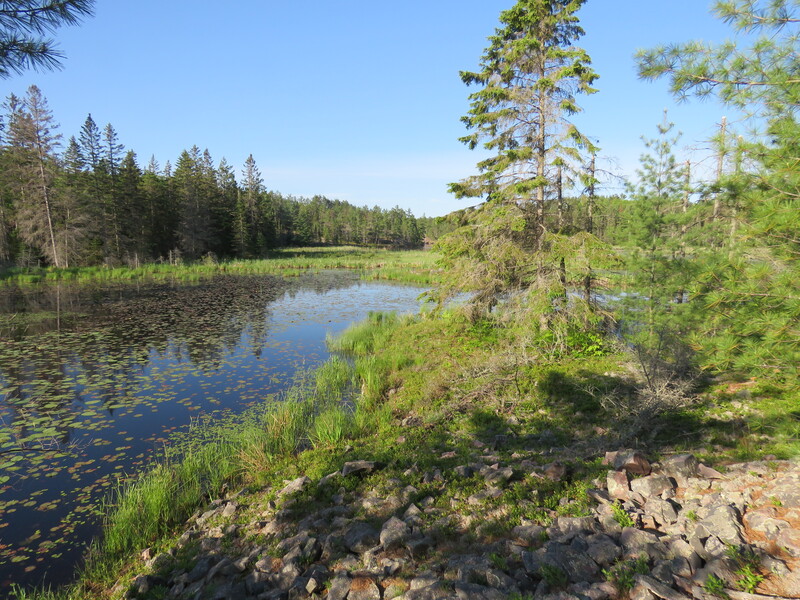
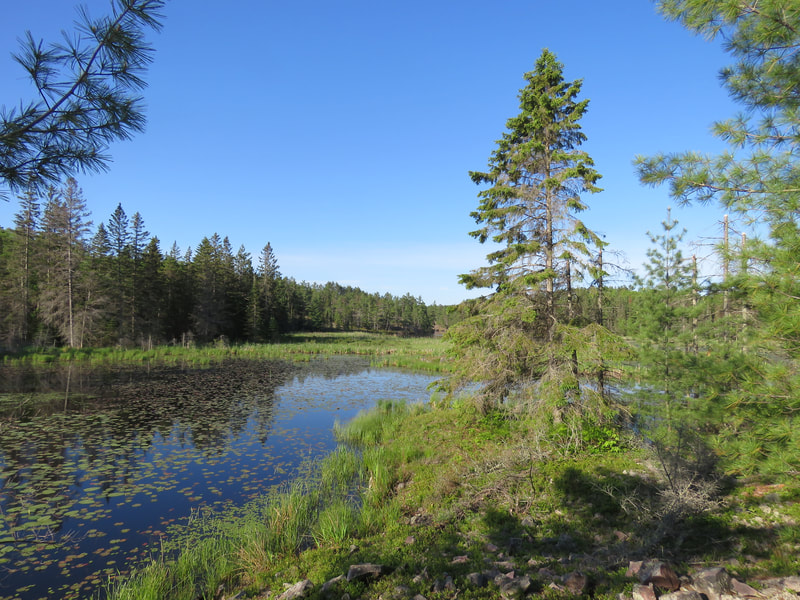
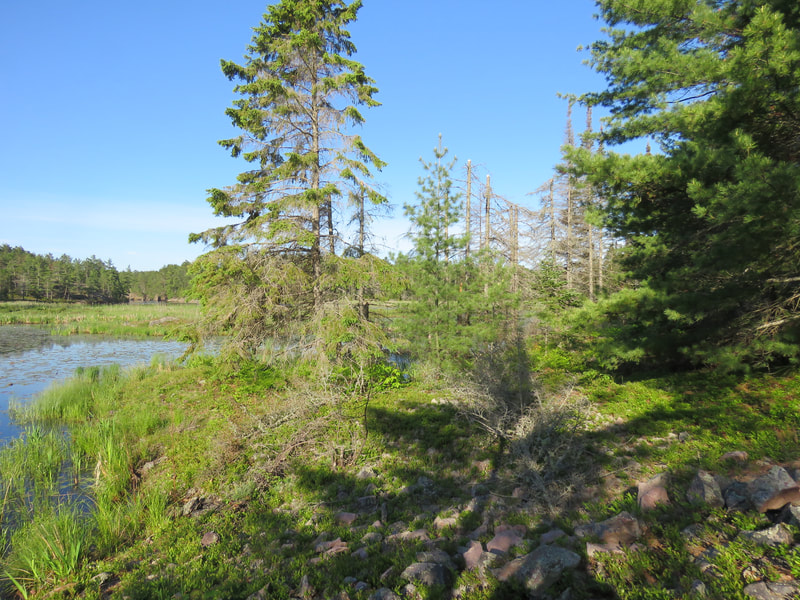
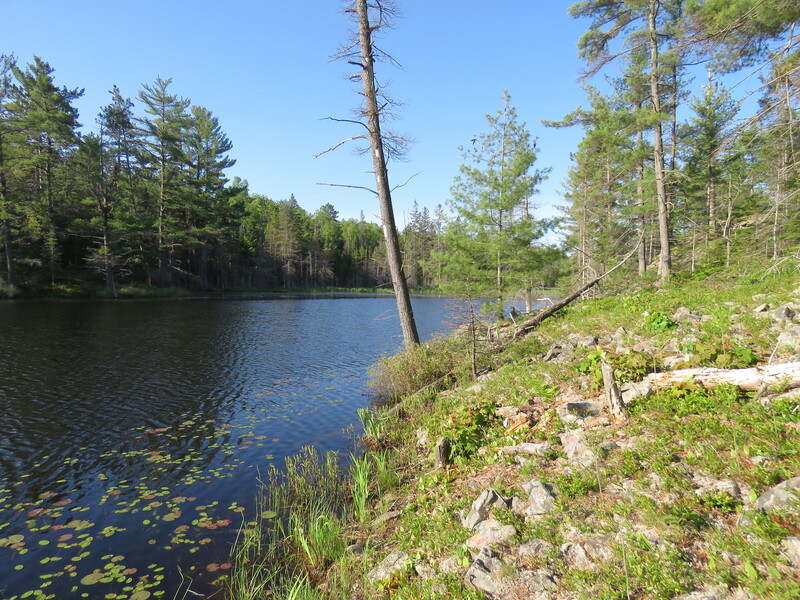
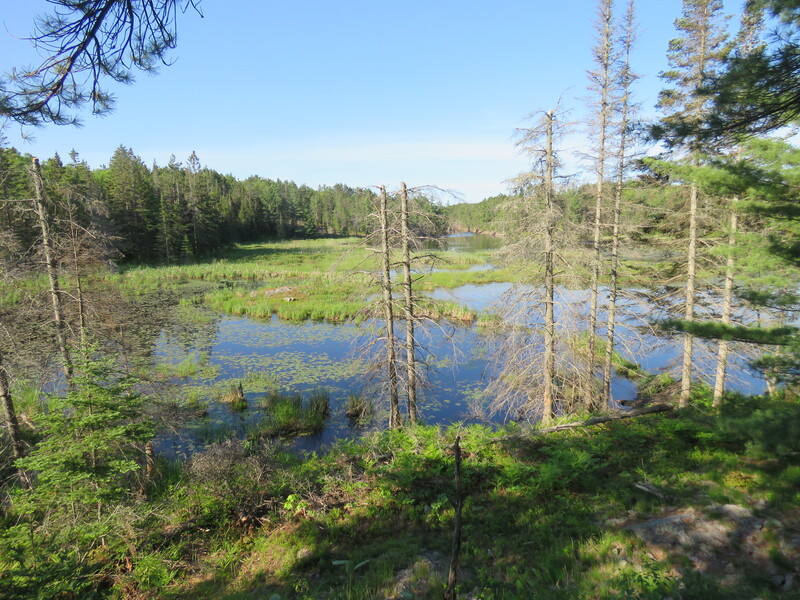
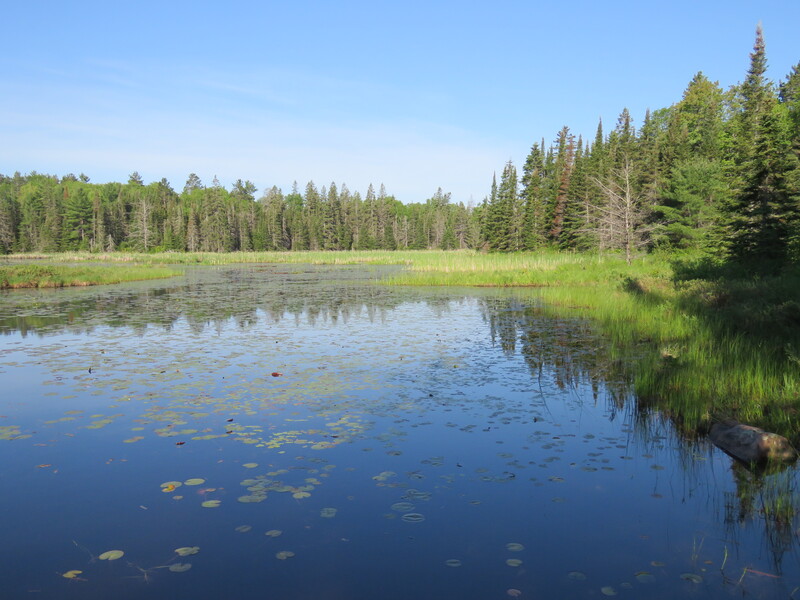
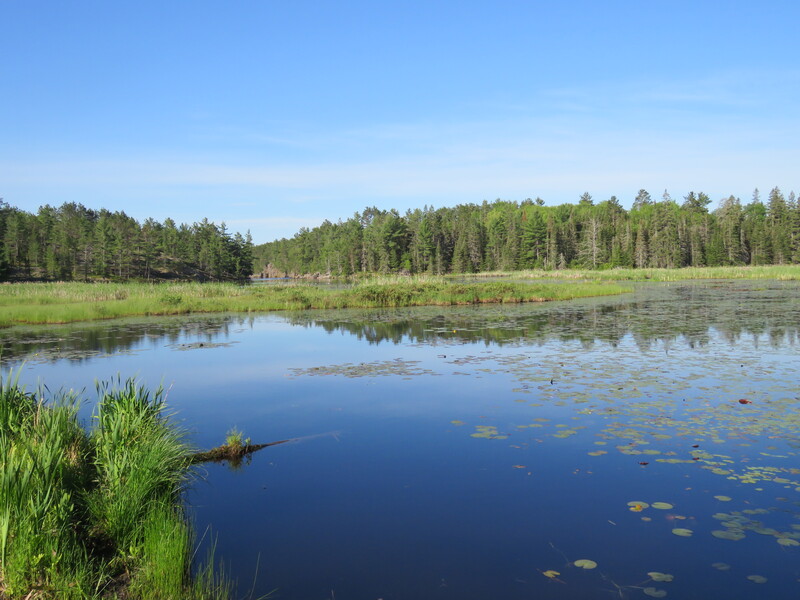
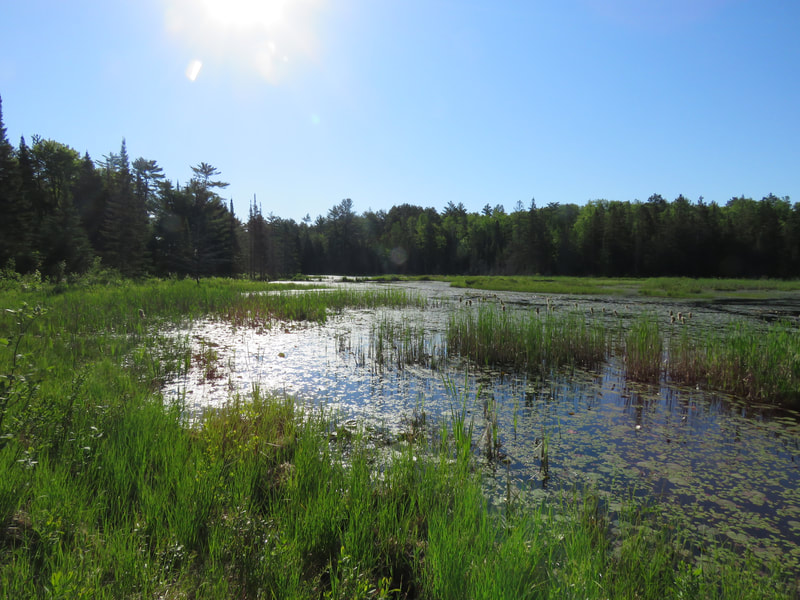
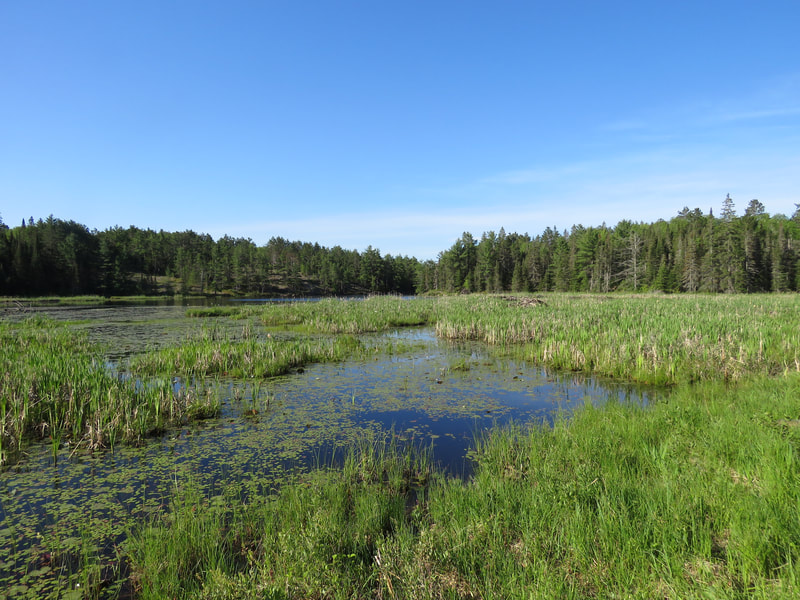
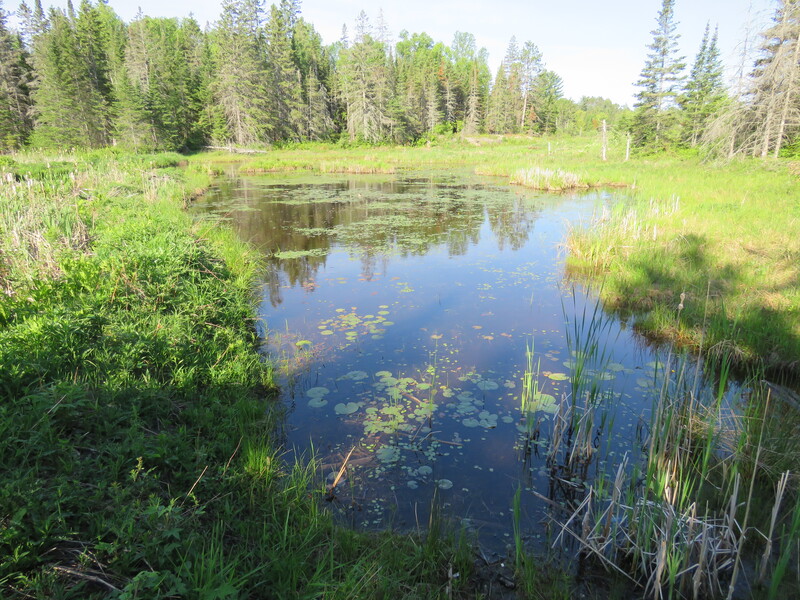
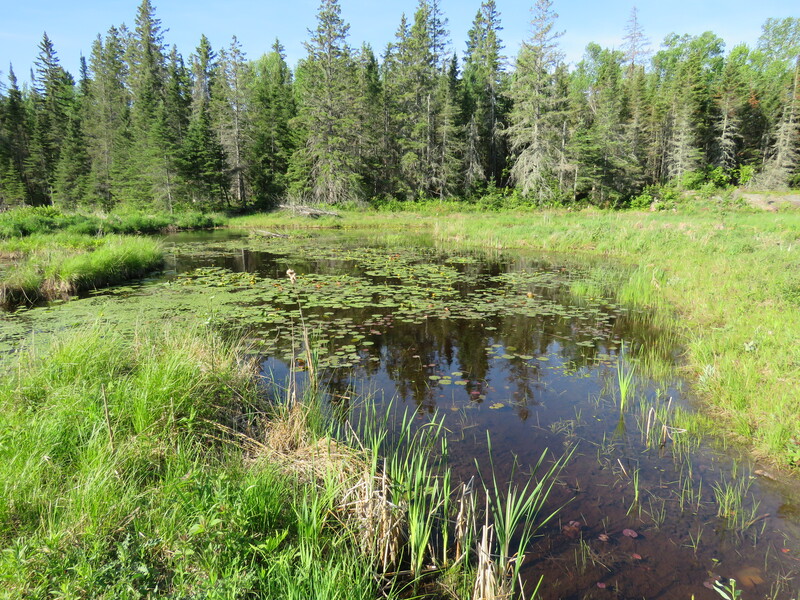
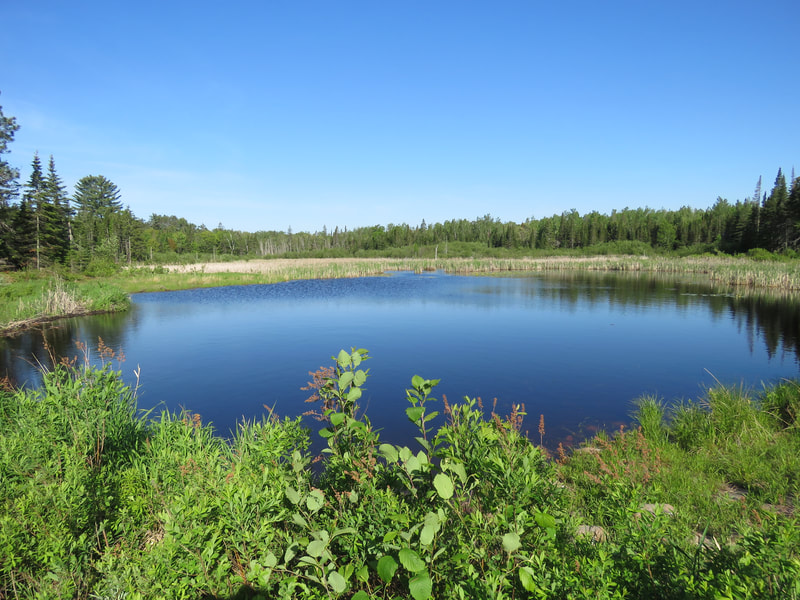
 RSS Feed
RSS Feed